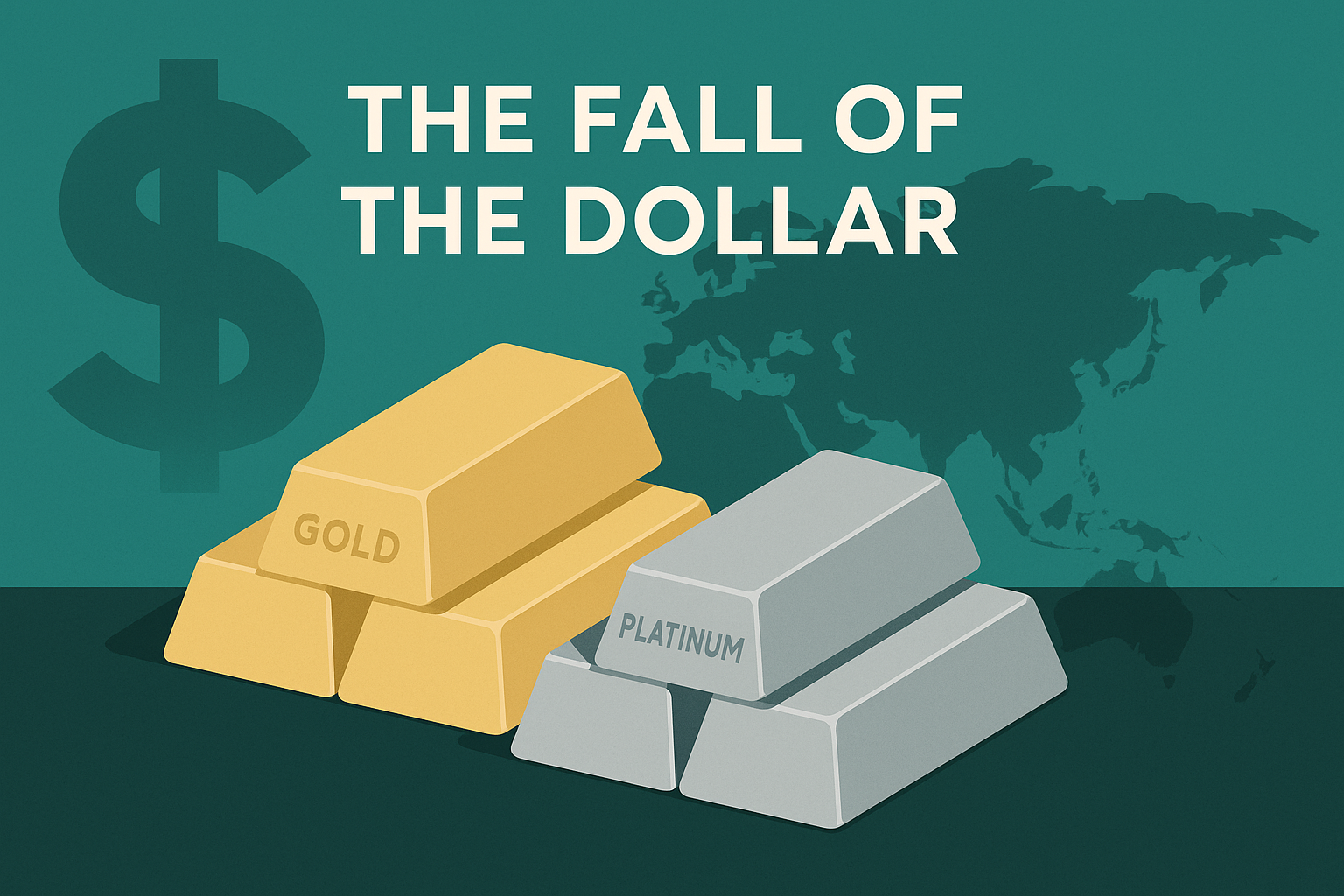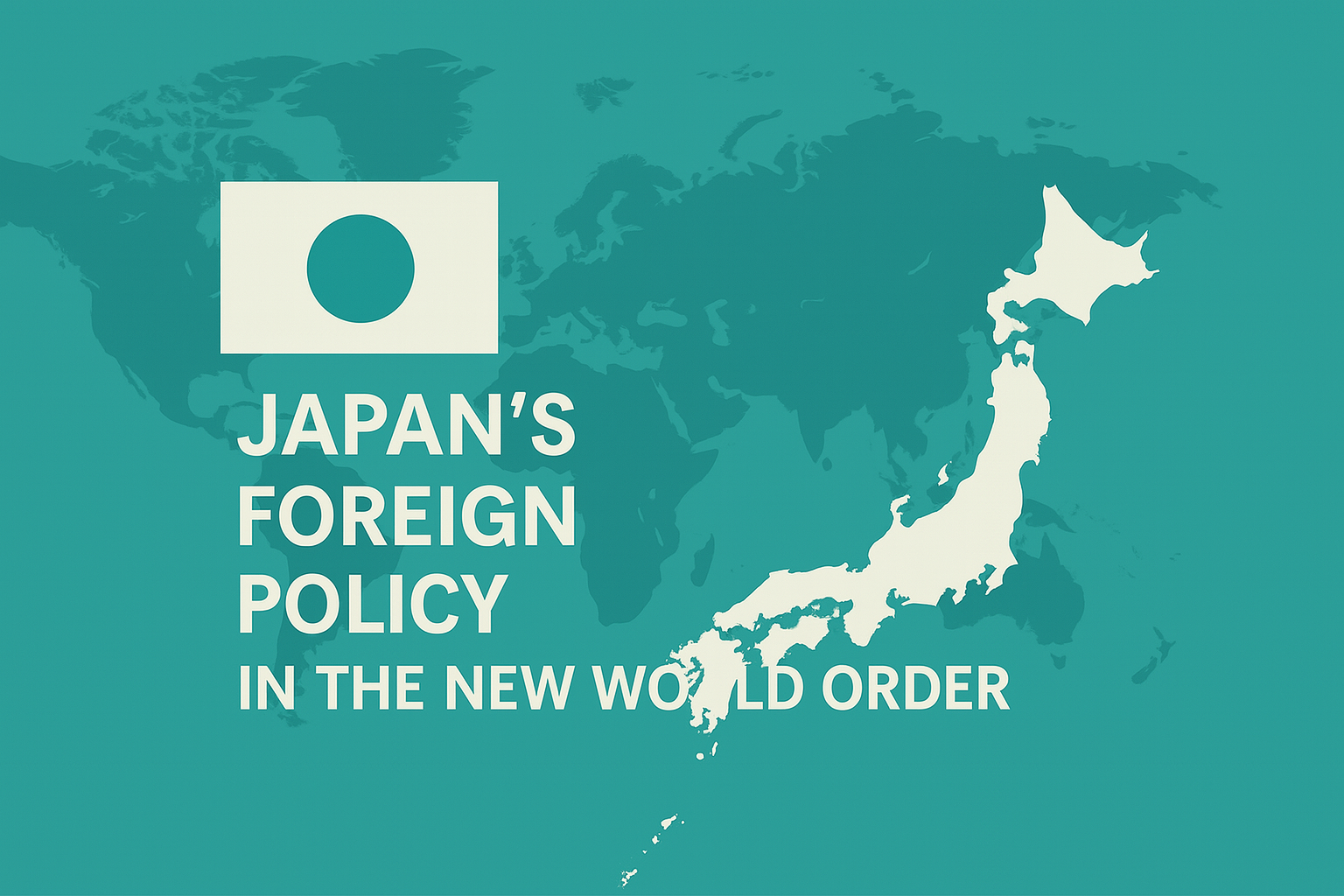A New Era of Currency Distrust and Precious Metal Ascent
Introduction: Why Talk About the End of the Dollar?
The U.S. dollar has long stood as the pillar of the global monetary system. For decades, it served as the dominant reserve currency, the medium of trade settlement, and the anchor of international trust. However, in the mid-2020s, cracks have begun to emerge.
With rising fiscal deficits, geopolitical tensions, and a shift toward protectionism under the second Trump administration, trust in the dollar is eroding. In this context, gold and platinum are experiencing a powerful resurgence, not merely as commodities—but as alternative stores of value.
The Structural Decline of the Dollar
Fiscal Instability and Unsustainable Debt
As of 2025, U.S. federal debt exceeds 140% of GDP. Trump’s renewed tax cuts (via the OBBB Act) and heavy tariffs have worsened both the fiscal and current account deficits—creating a “twin deficit” scenario not seen since the 1980s.
De-dollarization Across the Globe
The IMF reports a declining share of the dollar in global foreign reserves (now below 60%). Nations are diversifying into:
- Gold reserves
- Yuan-based settlements
- Local currency trade agreements (e.g., BRICS Pay)
This multi-polarization of global finance is a clear sign of declining U.S. financial dominance.
Weaponization of the Dollar
Sanctions, SWIFT exclusions, and asset freezes have made the dollar a geopolitical tool, not a neutral reserve. As a result, countries outside the Western bloc are hedging their exposure—further weakening trust in the dollar as a “universal” currency.
Capital Flows into Gold and Platinum
Gold: The Ultimate Store of Value
Gold is making a historic comeback as a hedge against:
- Currency debasement
- Inflation risk
- Political instability
Key drivers:
- Central bank gold accumulation (especially in China, India, Russia)
- Strong retail demand for physical gold and coins
- Global gold pricing hitting $2,400 per ounce in July 2025, a record high
Platinum: The Green Metal with Scarcity Value
Unlike gold, platinum has industrial demand—especially in clean energy applications like hydrogen fuel cells and automotive catalysts.
- 70% of platinum supply comes from South Africa and Russia, creating geopolitical supply risk
- Rising environmental regulation is boosting demand
- Prices have climbed to $1,200 per ounce, narrowing the historical gold-platinum gap
Asset Allocation Strategy in a Post-Dollar Era
Investors are increasingly shifting away from fiat-heavy portfolios. Below is a recommended allocation for wealth preservation:
| Asset Class | Suggested Weight | Rationale |
|---|---|---|
| Physical Gold | 15% | Inflation and currency hedge |
| Platinum | 10% | Green tech and supply risk exposure |
| Cash (EUR/JPY) | 30% | Liquidity and non-dollar diversification |
| Equities | 25% | Inflation-resistant, real-asset-linked |
| Bonds (Short-term) | 10% | Non-USD sovereign debt only |
| Others (Crypto, etc.) | 10% | Optional risk diversification |
Conclusion: From Dollar Dominance to Asset-Backed Trust
The dollar’s decline is not just a financial story—it signals a tectonic shift in global economic power. As trust in fiat currencies wanes, nations and investors alike are returning to tangible stores of value.
Gold and platinum are not merely commodities—they are signals of a post-dollar financial order. The coming years will likely favor those who prepare for this structural transition by diversifying into enduring, non-political assets.


